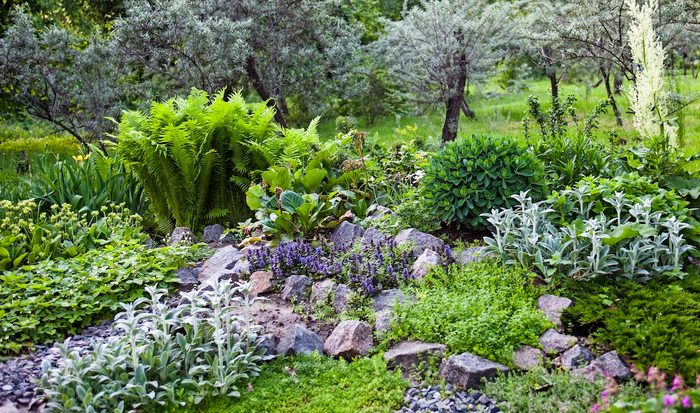
Grow Gardens That Rock
Dare to be different by by letting pebbles, boulders, stones and gravel take center stage in your landscape. Rock gardens use the intentional arrangement of rocks in different shapes, sizes and textures to create a low-maintenance look that is both pretty and practical. “Rock gardens are a natural choice if you have dry, sandy and rocky soil or garden on a slope,” says Joseph Tychonievich, editor of the North American Rock Garden Society’s quarterly magazine. “Those well-drained conditions where other plants might struggle make perfect habitat for rock garden plants.”
Planning this kind of outdoor space is as simple as sourcing rocks of different shapes, sizes and colors from quarries and garden centers, creating a well-draining soil mix, arranging the rocks to create visual interest and filling in the spaces with gravel and native plants to add color and texture. Once the hard work of installation is complete, sit back and enjoy these benefits of a rock garden.
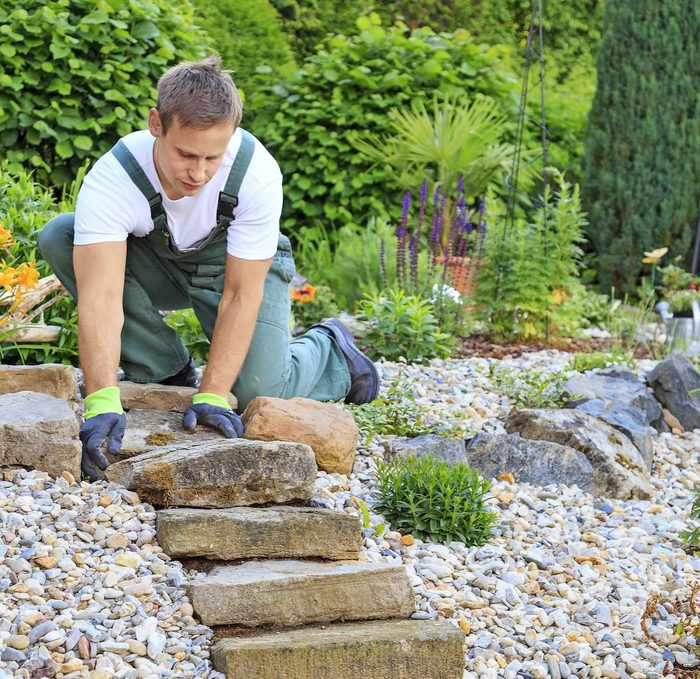
Enjoy Low-Maintenance Areas
The plants still need to be watered, of course, but turning an area into an oasis filled with boulders, limestone and gravel leads to less weeding, mowing and other labor-intensive gardening tasks. Prune dead growth and spent flowers seasonally.
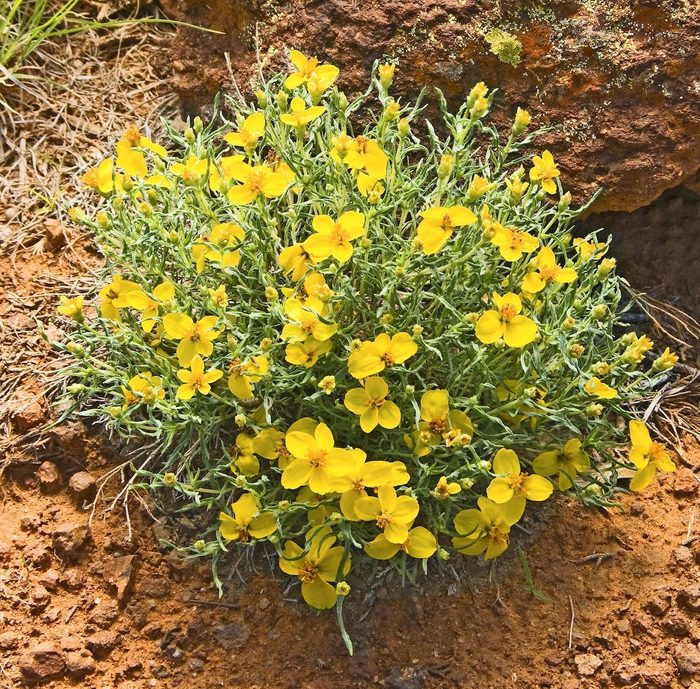
Use Versatile Colors and Textures
Rock gardens are ideal for multiple climates, ranging from hot and arid to cold and wet—even drought, intense sun, high winds and heatwaves are no match for these hardy hardscapes. Incorporating rocks in several sizes and textures, adding a water feature and choosing plants of different colors, shapes and bloom periods will ensure that each rock garden is unique and beautiful.
Go lawn free: plant a prairie garden.
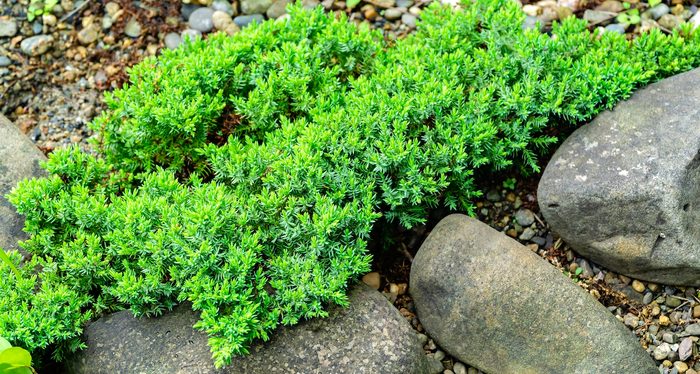
Water Rock Gardens With Ease
Joseph says “choosing plants native to dry, rocky habitats and providing loose, open soil that allows plants to develop very deep root systems” means that many rock gardens won’t need much (if any) irrigation.
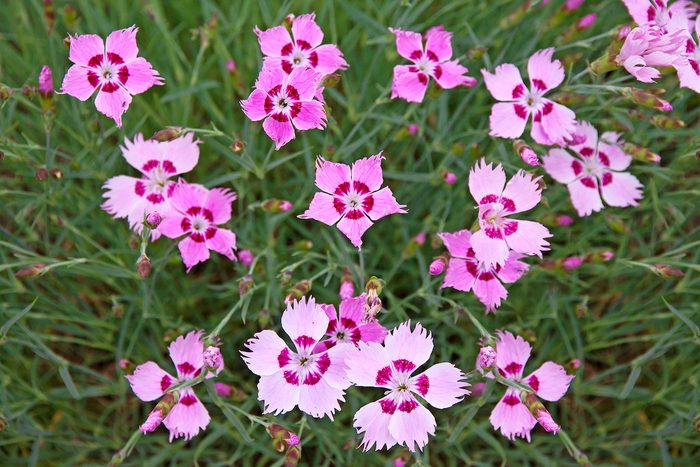
Create Customized Looks
Rock gardens have no one singular style. You can design a garden with clean lines, smooth pebbles and pavers to fit with a formal landscape. Or tuck cascading plants into the crevices of irregular rocks for a more rugged appearance. For a minimalist Zen garden, opt for gravel and statues, or add a concrete bench for meditation and quiet moments.
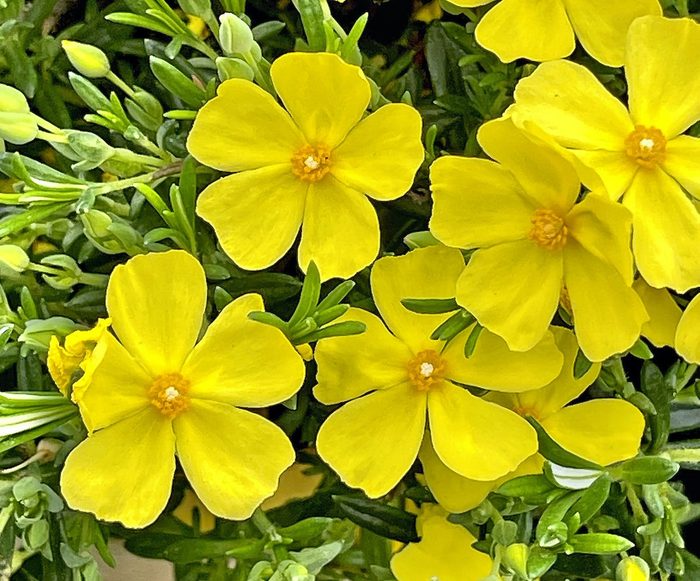
Add Wildlife-Friendly Options
Choosing native plants that provide pollen and nectar creates a natural feast for pollinators. But rocks can offer their own wildlife benefits, too. Artfully arranged rocks create crevices for small animals such as lizards, snakes and frogs to hide or hunt. The warm surfaces can become ideal sun-basking spots for a wide variety of creatures.
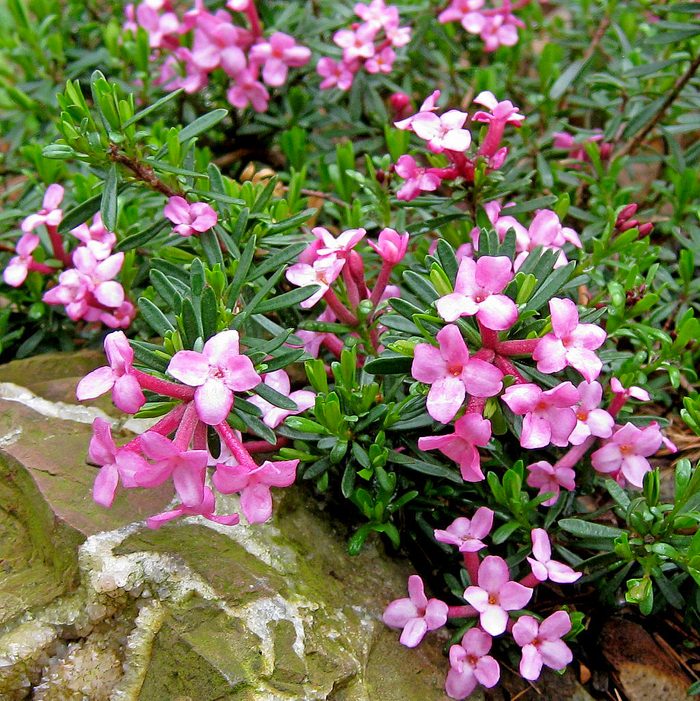
Pick Plants to Fill Small Spaces
A diminutive rock garden can have a grand impact, adding depth and dimension to a boring landscape—not to mention the potential to fill it with plant life. “Most rock garden plants are tiny. You can pack a lot of diversity and interest into the garden,” says Joseph. Make sure to pick rocks that fit the scale of the project to avoid overwhelming the space.
Check out the top 10 small shrubs for small spaces.
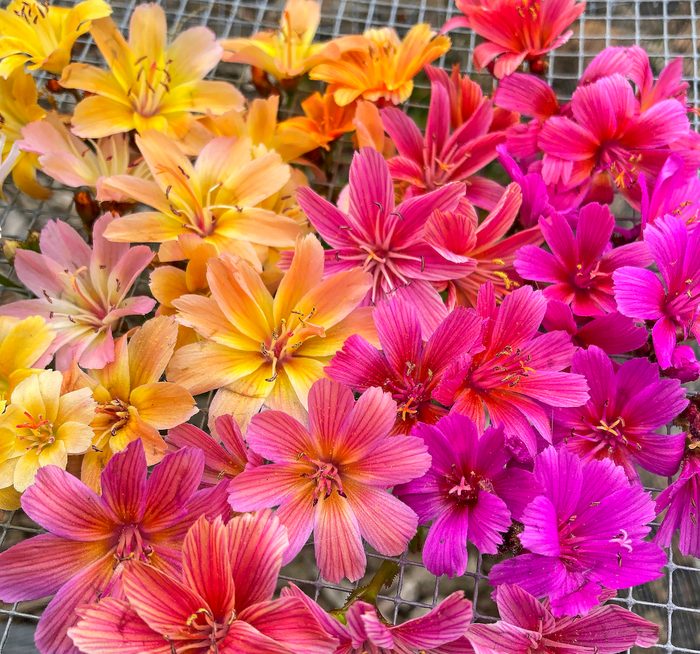
Give Your Back a Break With Containers
If you don’t have a large outdoor space or you prefer to not strain your body too much, try a container rock garden. “It’s easy to do in raised beds or containers to minimize bending down for gardeners who find traditional gardening physically difficult,” Joseph says. Choose a pretty container and fill it with pebbles and compact plants to create a mini rock garden perfect for balconies and tabletops.
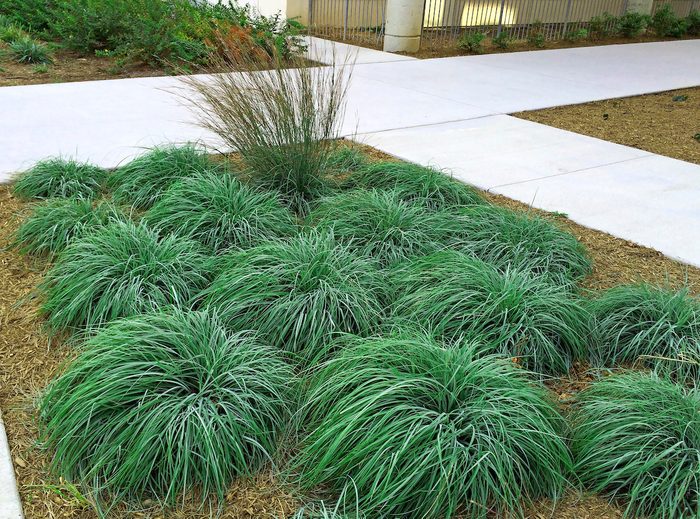
Take in Four-Season Interest
While other areas of the garden might go dormant at different times, the right combination of plants and perfectly placed stones can keep rock gardens looking good all year. Shrubs, native grasses and plants such as yellow sulfur flower (Eriogonum umbellatum), candytuft (Iberis sempervirens) and pine-needle penstemon (Penstemon pinifolius) are excellent evergreen options for these gardens.
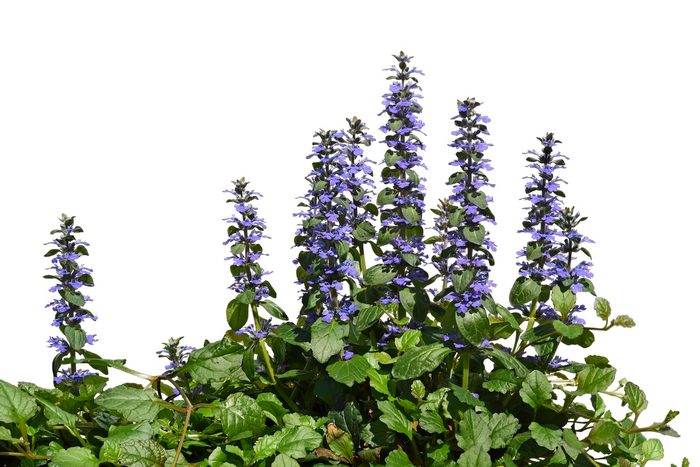
Best Rock Garden Plants to Grow
These 10 plants can take the lead in a rock garden
- Blue sedge (Carex glauca)
- Bugleweed (Ajuga reptans)
- Cottage pink, also known as feathered pink or garden pink (Dianthus plumarius)
- Daphne (Daphne x hendersonii)
- Dwarf Japanese garden juniper (Juniperus procumbens ‘Nana’)
- Little Tutti Frutti lewisia (Lewisia longipetala hybrida)
- Plains zinnia (Zinnia grandiflora)
- Prostrate rosemary (Rosmarinus officinalis ‘Prostratus’)
- Rock rose (Helianthemum nummularium)
- Sedums
